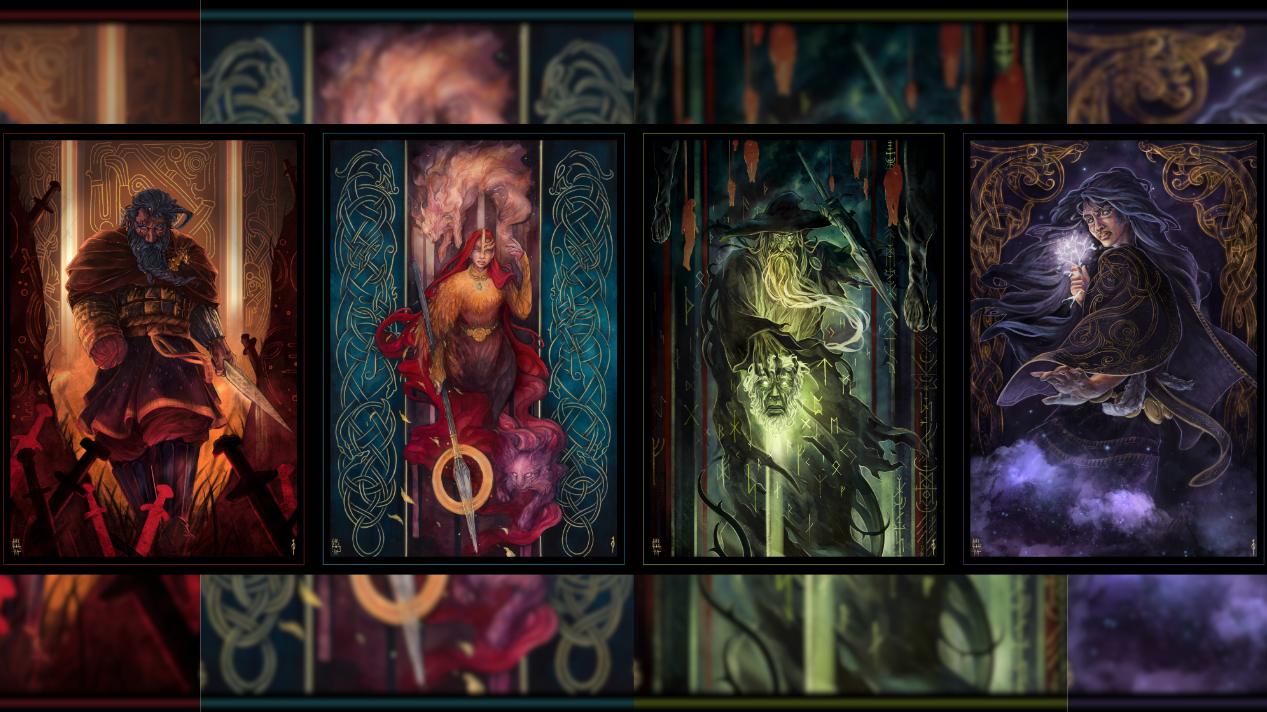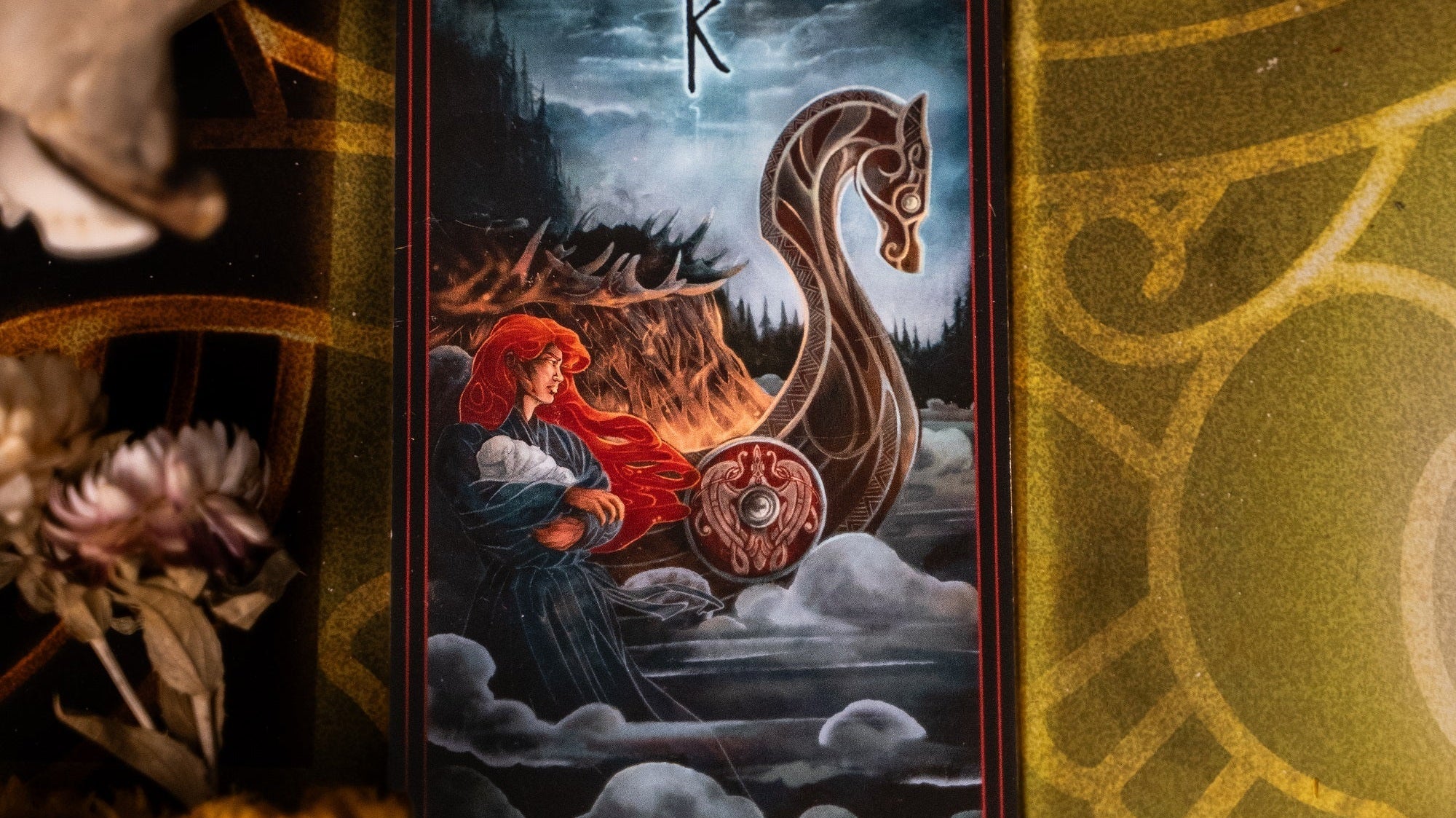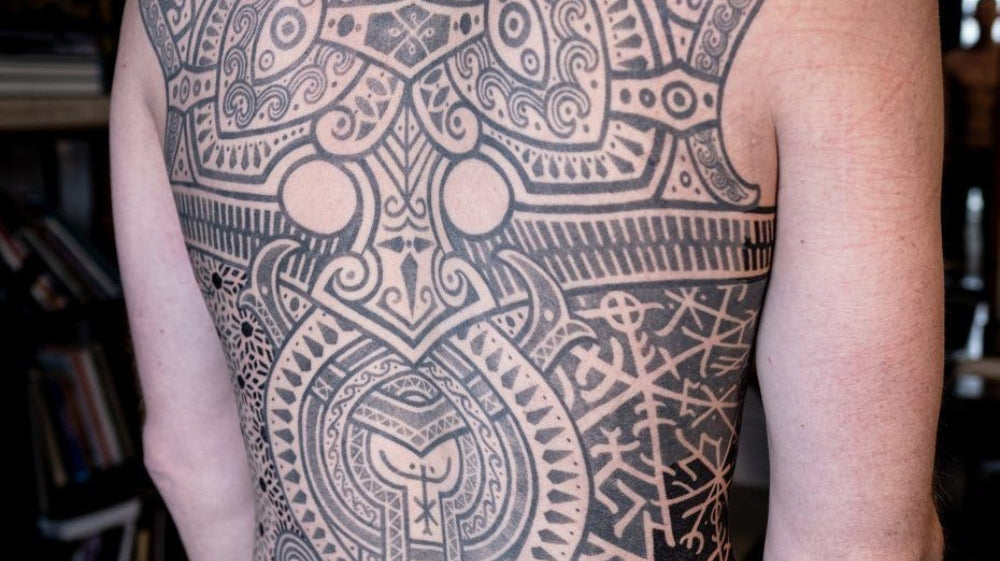Every day the team at Northern Black spend working in our studio by Whitley Bay’s coast, we utilise things left behind by the Vikings over 1000 years ago. Some knowingly and some unintentionally, the changes the Vikings made to our way of life in the past are still highly prevalent now. Being that our very own Isar Oakmund is Scandinavian himself, we thought it would be interesting to share some of the ways the Vikings of the past affected the towns around our studio and how these changes are still relevant today.

When Isar arrived in the North East, his thoughts of the area were, shall we say, dissimilar to that of the Vikings. They arrived by Longship ready to pillage any and all settlements in sight; he arrived by van ready to pillage any and all restaurants with a vegan menu, which at the time was a very limited selection, the North-East cuisine being based on meat, fat and vegetables cooked until grey. The Vikings first raided Tynemouth in 800AD, sacking an Anglo-Saxon abbey established in the 7th century. They liked us so much that they returned in 875AD, at which time they burned down a monastery church and turned it into a Danish stronghold, much like the one they’d constructed in nearby Scarborough. The Vikings’ subsequent violent raids around Northumbria paved the way for new cultural and political ways of living in the North East of England, which in turn defined county borders, placements of fortifications and the natural path of roads, many of which are still in the same place today, although so are many of the old Roman roads.

One extremely significant remnant of the Viking Age that many are unaware of is how our language and grammar were changed. Everyday English is scattered with words originating in old Norse, such as “window” and “sky”, and our grammar has shifted from the use of old English third-person pronouns to “they”, “their” and “them.” Seemingly, such simple edits to the way we spoke to each other at the time were so impactful that we continue to talk and write in this way. We are also left with Norse-originated place names; the suffixes of many rural English places were decided by the Norse settlers, such as “-by”. Places ending in this suffix, like Whitby and Derby, were most likely Viking settlements at some point in the past. There are many places in the North of England that still carry etymological links to the old Norrøn language, but that is an avenue to explore another day. A fun little note is that in the North East and further North into Scotland, the word Bairn is used for children, and in Denmark, right across the North Sea, the word Børn is used, pronounced almost the same.
The English legal system also has a lot to thank the Vikings for; without their impact, we would have different ways of dealing with property rights, settling disputes and even having different beliefs in community and democracy. We delve a bit deeper into this and how the Vikings used to resolve community issues in an upcoming rune-related project, so we shall move on.
The most essential Viking Age remnant to us at Northern Black is the artistic influence the Vikings had on the North East of England. They introduced their distinct art styles to the areas where they settled, which we can see from various artefacts like jewellery and stone carvings. Many tall crosses and hogback gravestones can be found, and all across England, there has been a solid link to the Scandinavian art styles throughout hundreds of years.

https://northernblack.shop/products/book-the-viking-art-tome
In Durham Cathedral, there is a collection of Norse stone-carvings, in York there is of course the impressive Jorvik museum, and a short journey Northwards, you can find the island of Lindisfarne, which is where the so-called Viking-age begins. Furthermore, there is the amazing Vale of York hoard, on display in the Yorkshire museum.

We can of course also recommend that if you have made it this far North, continuing further up into Scotland would offer the chance to see the Galloway hoard, but in this manner, our list can continue and send you around every corner of the British isles, until your shoes and wallet are both depleted, so we shall keep it to this list for now.
Durham Cathedral, located in Durham DH1 3EH. https://www.durhamcathedral.co.uk/
Jorvik Museum, located in York. 19 Coppergate, YO1 9WT. https://www.jorvikvikingcentre.co.uk/
Lindisfarne Island, also known as Holy Island. https://www.lindisfarne.org.uk/
Medieval Gallery, Yorkshire Museum, located in York. Museum Gardens, Museum Street, YO1 7FR. https://www.yorkshiremuseum.org.uk/exhibition/medieval-york-capital-of-the-north/





